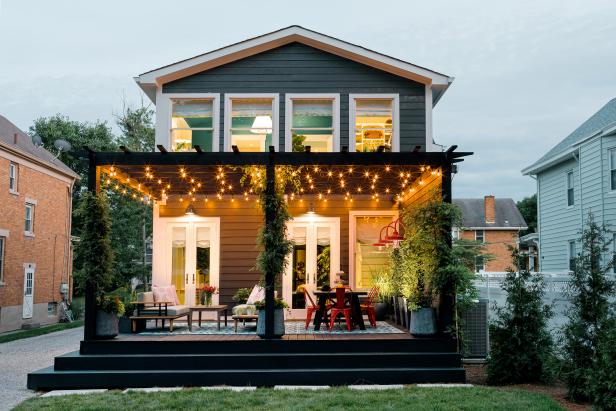
Planning on selling soon? Certain home improvement projects can be an excellent way to increase the perceived and tangible value of your home. However, not all projects are created equal. The last thing you want to do is invest a lot of time, money and labor into a project that won’t provide a significant return on investment.
In this blog, we’ll discuss the best projects that will truly increase your home’s value for when you’re ready to go to market.
- Kitchen Remodel
Many people consider the kitchen the heart of the home. This is also one of the first places potential buyers look at when they’re considering a purchase, so it’s always a good idea to modernize your kitchen to the best of your ability so you can appeal to as many people as possible.
A kitchen remodel is a significant investment, which almost always comes with a high return. You don’t need to do a complete overhaul of your kitchen to make a difference, either; upgrading your appliances to more efficient, sleek and modern ones is a great start. Further modernizing the space by adding new countertops and cabinets will also really transform the room. Lastly, you can apply fresh paint to finish the look. When painting, try to stick to neutral colors so you don’t put off any buyers with something too bright and bold.
- Create an Outdoor Living Space
After COVID-19 pushed all of us inside, many people began to really think about and prioritize having an outdoor space. Adding a deck, patio, and even a fire pit can easily create an outdoor oasis that potential buyers will love.
If your home already has an outdoor space but has been a bit dejected over the years, you can bring it back to life in a few ways. By removing debris and clutter, power washing, and removing old plants and trees, you’ll provide yourself with a clean slate to begin with. Once your outdoor space has been properly cleaned, you can add new furniture, plants, flowers, and lighting to make it functional and attractive. Creating this outdoor space will offer you a great return on investment as these are heavily desired by most buyers.
- Curb Appeal Upgrades
First impressions matter, and that’s why curb appeal is so crucial. Upgrading your home’s curb appeal can be as simple as adding a fresh coat of paint, pruning bushes and flowers in the front yard, or replacing any old greenery entirely for a fresh start. Make sure the path to your front door is clear, your front steps are in good shape, and there isn’t any visible clutter. In the summer months, keeping your lawn watered and well-groomed is also a key factor in how good your home looks from the outside.
The first thing buyers will notice about your home is the front door. If yours appears weathered and outdated, it may be time to replace it. These small upgrades can make a big difference in how potential buyers immediately perceive your home, and set positive expectations for the rest of the tour.
- Finish the Basement or Attic (Or Both)
If you have an unfinished basement or attic, renovating it is a great way to increase your home’s value. Adding additional living space gives potential buyers more options when it comes to how they utilize the space, and can also be a great selling point for families that need more room. A finished basement with separate access could also be an income generating opportunity for potential buyers that may be interested in that arrangement.
- Improve Energy Efficiency
Energy efficiency is becoming increasingly important to homeowners. Upgrading your home’s insulation, windows, or HVAC system will not only save you money on energy bills, but can also increase your home’s value. Potential buyers will appreciate the future cost savings, and the environmental benefits that come with energy efficient upgrades.
- Bathroom Remodel
A modern, updated bathroom helps your home stand out in a competitive real estate market. These renovations also have the potential to improve your home’s energy efficiency. By replacing old fixtures with new, water-saving models, you can greatly reduce water and energy bills over time. This is a very attractive feature for potential buyers that may be eco-conscious.
Other bathroom design elements that are very in right now are rain showerheads, smart technology, large soaker tubs, and heated flooring. Utilizing one, or a combination of these elements will act as a great selling feature.
We hope this was a helpful list! If you’re considering a home improvement project in the near future, we have good relationships with a number of local professionals that we’d be happy to connect you with.




